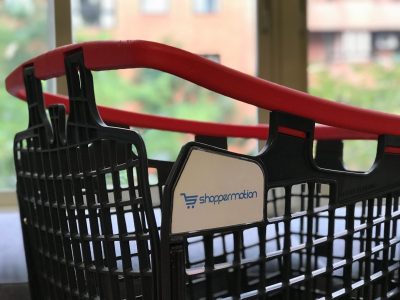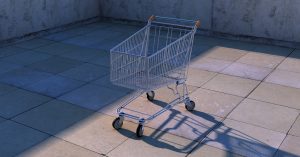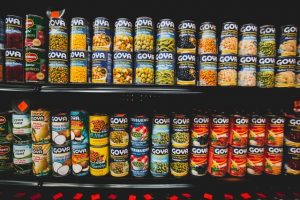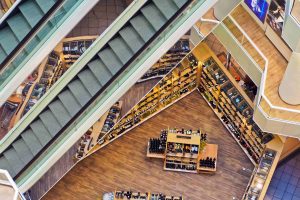What experience did my customers have when entering my store? How were the various purchase decisions reached or what factors influenced one purchase over the other? These are questions retailers try to answer in order to figure out how best to serve their customers. This post covers the top technologies for in-store analytics.
Over the years, retailers have always based their analysis on the volume of sales obtained at the end of each designated period. This in itself isn’t a bad approach but it takes away from seeing the full picture. A trip to a retail store isn’t just only about the items the shopper brings to the checkout counter, there is also the vast amount of data that includes the shopping experience as a whole. This information gives a deeper insight into the thought process of the shopper from the moment they walk into the store, decisions they make while going through the aisle till they exit the store.
Until now, in-store decisions have been made sales-centric, even though the pitch has been always to put the customer in the center. But now we are starting to shift things towards a customer-oriented approach. Measuring and understanding this in-store behavior is a vital tool that would allow both the retailer and CPSs (brands) to make better decisions that are more customer-focused plus increase the in-store experience of the shopper.
This is not to say that retailers have not tried other means of measuring a customer’s in-store experience in the past. Take, for example, some retailers make use of loyalty cards which were a great way to understand more about their customers, but they only took into account the consequences of the experience (sales). Now, we want to go one step further and understand them during their visit.
In the following blog post, we review the most popular technologies for in-store analytics currently used by grocery retailers all over the planet.
Understanding that there is a need for in-store analysis of a shoppers’ behavior is the first step in getting this critical information but next comes the actual acquisition of the needed data. Here there are a few methods to employ, starting from the old school none or low tech-based solutions to more sophisticated options. Here is a quick run-through of the various technologies for in-store analytics available in the market.
Manual Counting
We start off with a low-tech solution. The retailer assigns certain staff members to follow people around the store with a piece of paper and a pen and draw their journey, hidden behind a shelf like a spy. Yes, believe it or not, this is how it has been done in the past. Some companies are replacing paper with a tablet to digitalize the data. Although we should consider manual tracking as one of the in-store technologies, it is also used to collect some types of analytics.

Pros of manual counting
- We can capture the customer interactions (e.g., if the shopper touches the product or returns it back to the shelve)
- It is possible to add some qualitative information about the customer (e.g., it’s a family with a 2yo kid, in good shape/sportsperson)
Cons of manual counting
- It’s not scalable at all and very expensive (this method demands long hours of associates tracking customers),
- Timing related to events (e.g. dwell time, waiting time, etc.) cannot be measured accurately
- It could be very intrusive if the customer notices that someone might be following him/her during the visit
- The results are typically biased (our associates will unconsciously choose quick and active shoppers preferably elders)
- Data has to be manually curated and filtered after collection
- Processing and report creation, analysis, etc. is usually done manually
- At the end of the day, you would be taking away staff members that could be used elsewhere to fulfill a role that is demanding, long, and prone to human errors.
People Counters technology
Next, we move on to a less labor-intensive solution. Some retailers have taken to installing an infrared sensor at the store entrance to count visits. So each time the beam is crossed, it is then marked as a customer coming in. There are more advanced solutions that are able to predict which visitors are coming in or going out. Supermarkets tend to approximate this number with the number of tickets in the PoS as mostly everyone will buy.
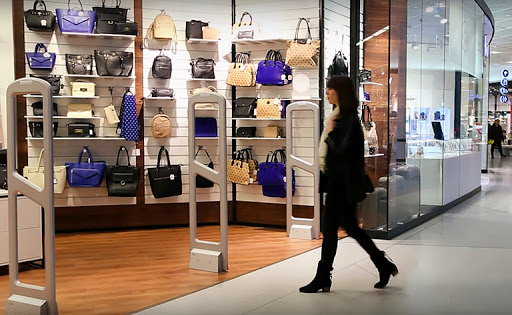
Pros of people counters
- This is a relatively inexpensive solution taking advantage of the security equipment stores (e.g., alarm doors)
- This approach is common in fashion retail to estimate the store’s conversion rate (number of customers that end buying as against the number that just visits the store)
Cons of people counters
- Collected information is very limited as it only counts the number of times the IR beam has been crossed
- There is no data collected regarding customer flow or dwell times once inside the supermarket
- Results are usually inaccurate, associates and staff are counted every time they cross the counter. It can not separate a customer and a staff member
- Hence there is no way to distinguish multiple entries or exit by the same individuals.
Token-based analytics (winner technology)
This approach is one of the latest technologies created for in-store analytics. It involves the installation of low energy electronic devices (usually referred to as tokens) on the available shopping tools (e.g., shopping carts, wheels baskets, hand baskets, etc.) which then broadcast their position in real-time collecting the complete journey of each customer in the supermarket. This is, without any doubt, the most convenient technology for in-store analytics.
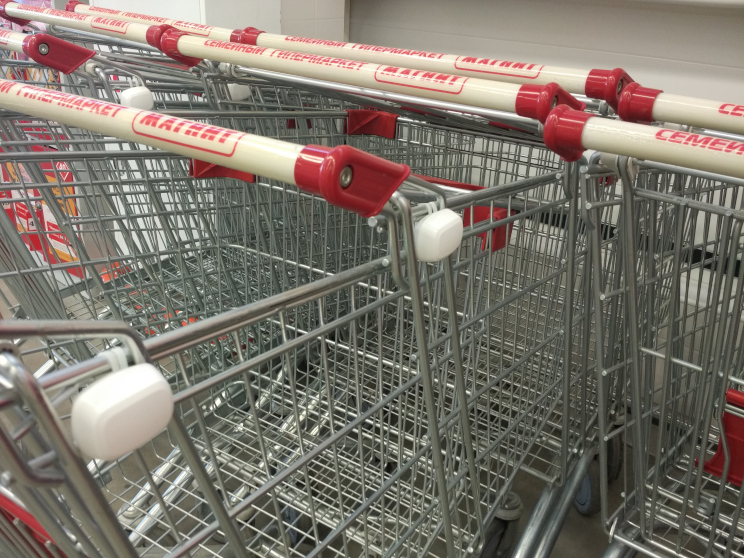
Pros of token-based solutions
- It’s the most cost-effective solution to analyze the complete journey of the customer in the store
- It is a passive tracking technology. In other words, it does not demand any customer interaction, just grab a shopping tool and start the visit
- It is anonymous, preserving and protecting the privacy of the customer (there is no way to identify the customer behind the basket).
- One key issue where there is a lot of concern would be with user privacy but this solution allows for only the tracking of assets and not customers.
- Deployment is fast, as it is done in as little as three hours. Also, tokens are attached to the shopping carts in a few seconds.
- It produces accurate and enriched journeys (shopping tool’s location are updated every second) and differentiates journeys made with carts and baskets
- Analytics using this approach includes A/B testing of layouts, measuring the conversion rate of each endcap in the store or measuring the impact that front face ad placement in flyers has on traffic and engagement
Cons of token-based solutions
- Due to its nature, it is most useful in retail stores with shopping tools such as supermarkets and hypermarkets
- Collected data might become overwhelming. It is recommended to hire a Business Intelligence team to analyze and design and produce reports on top of it
- This technology is focused on customers carrying a shopping tool
Camera tracking technology
Most retail stores already have a built-in video surveillance system in place. This can be further enhanced to allow the video camera devices to segment and count customers in their field of view.
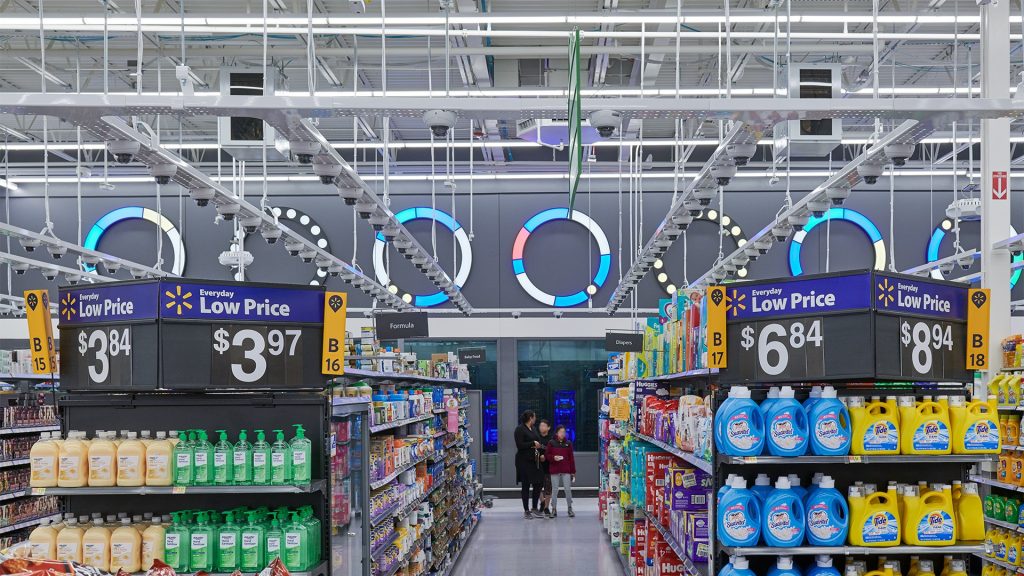
Pros of camera analytics
- Accurate and granular traffic counting
- Cameras can identify demographics and dwell times. Sometimes they measure basic interactions such as touching the shelf or body poses
Cons of camera analytics
- Its main obstacle is the (CAPEX and OPEX) costs. There are several budget allocations to be taken into account such as hardware, installation, image processing, and sensors maintenance
- A regular supermarket may require hundreds of units to comprise every corner of the store, with a 6 figure expense per store.
- High privacy concerns regarding face recognition, face recording, and data sharing. Especially when there is data about children involved.
- Occlusions, light changes, or daily in-store operations (electrical failures) infer very much and make it further troublesome to use this data
- Associates can be detected as visitors misleading the results
- Full journeys might be captured in large open spaces (e.g., malls or casinos) but it becomes unfeasible in smaller areas with aisles such as supermarkets
Wi-Fi tracking technology
Retail stores also have the option to use the wifi infrastructure already available to track customer devices passively (commonly known as Wi-Fi tracking).
Smartphones, tablets, and computers ping Wi-Fi signals to the environment recurrently to connect to known networks. This is what makes your smartphone join automatically to your home or office network every time you cross your front door. The same thing would happen with customer devices when they enter the store.
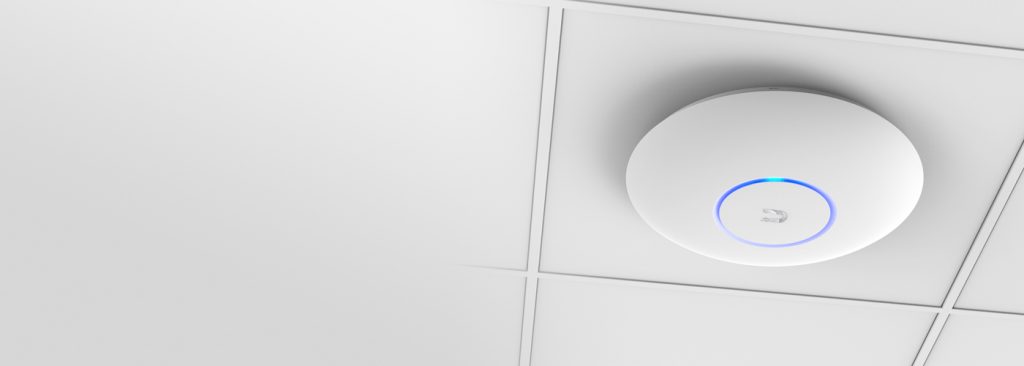
We can use this information to keep track of the number of customer devices that are within the Wi-Fi range, in most cases, this is limited to within the store.
Pros of Wi-Fi analysis
- It’s a non-expensive solution as it can rely on your actual Wi-Fi infrastructure, no additional hardware is required
- Collect data from 50-60% of the devices nearby
- It becomes useful in large footprints such as airports and malls
Cons of Wi-Fi analysis
- Inaccurate tracking in small footprints. Devices can be located, on average, every 10-15 minutes in the store, creating poor quality journeys in places such as supermarkets or hypermarkets
- Randomized MAC addresses are making it troublesome, as more and more manufacturers are introducing this feature in their devices
- Dashboards are typically intended for technical users with complex interfaces. Marketing and operations departments feel overwhelmed
- Also, generated KPIs are quite generalistic. You can expect the same analytics in a pharmacy or in an airport.
Beacons technology
Here we would be making use of Bluetooth devices located in the store to broadcast a signal that is received by smartphones with an app associated with the device. This signal can turn into a push notification.
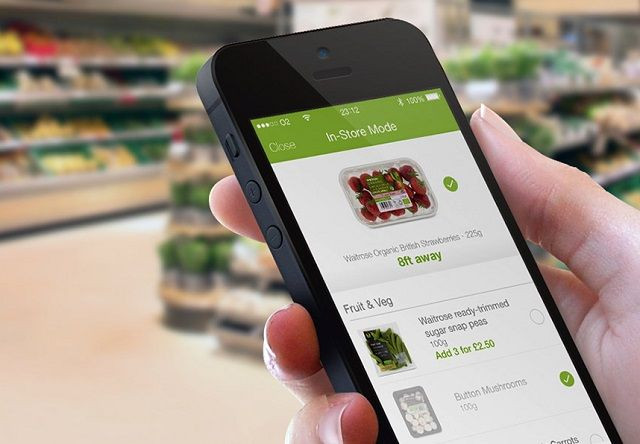
Pros of beacons and apps
- It’s a non-expensive solution, easy to deploy and run
- Connects with each customer granularly, creating a unique channel with the shopper
Cons of beacons and apps
- This strategy is applicable exclusively in customers with a specific app installed on their smartphones
- To gain accuracy is required to deploy a large number of devices on every corner of the store (it is recommended every 10 meters)
- Bluetooth sensor has to be active in the device creating potential battery drainage which customers can relate to the app
- In order to take advantage of this communication channel, it is expected that customers are actively using their smartphone while browsing in the store. In general, this rate of customers is low as 1%
Conclusions
The in-store analysis will always be a core tool in understanding shoppers’ behavior. Retailers are starting to see just how vital it can be looking at more advanced retail companies such as Amazon with their new grocery stores under the Amazon Go banner. But with the traditional options available for acquiring this data has left much to be desired.
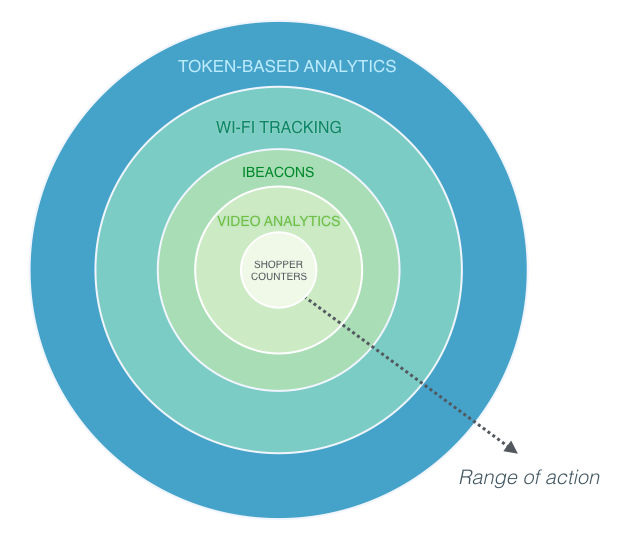
Hence having viable technologies for in-store analytics to track shoppers’ behavior makes the process much easier. However, picking the right solution for your store would largely depend on what you are looking to measure. Each option is suited towards its own type of data collection. Such as:
- Token-based analytics: the best alternative to collect the overall traffic in the store including correlations between categories, cross-selling strategies, engagement rates, or endcaps conversions among others
- Camera tracking: focuses on counting at specific areas in the store (entrance/exit or one specific shelf ), expensive but accurate alternative in small stores
- Wi-Fi tracking: Coarse location in large areas but useful in large shopping malls or casinos, where customers linger more than one hour on average
- People counters: Very basic traffic KPI including the number of visitors per hour of the day
- iBeacons: Although this became a popular alternative a few years ago, it didn’t work out as it required visitors to download, install and use an app during the purchase
Your final choice could be one of the technologies for in-store analytics mentioned above or a combination of options to get more accurate data. Whichever route is taken, both your store size, infrastructure, budget, and desired measurements should all be taken into account.
Shoppermotion operates with token-based analytics, as we believe that it is the most cost-effective and reliable technology for grocery chains nowadays. This solution tracks the whole journey and is accurate while respecting customers’ privacy.

